Transforming Spaces to Places : It is time to relook at public space designs.
Gradual increase in concretisation of spaces has left us with very little green areas to interact with. Thankfully, community focused interventions have shown promise with more & more people adapting to sustainable thinking. While the initiatives are at full pace, as ‘architects of the modern world’ it equally becomes our responsibility to reflect on the inevitable possibilities and quickly act upon them.
We continually ponder on understanding the parameters that vitalise a space to include our learnings & transform it into a valued place.
Here’s our take on why Kandavara Lake, located on the outskirts of Bengaluru, could have used a different approach while barricading the pathway.
It was a clear evening, just after the late monsoon showers of Bengaluru. The skies really illuminate around early November. A chill breeze combined with the orange hues of the setting sun creates that perfect blend for us to transcend into our inner senses. I was walking around the lake watching the birds flutter close to the waters of the Kandavara Lake.
Located on the outskirts of Bengaluru, closer to Nandi Hills, the lake enjoys frequent visits from walkers and cyclists, who so regularly come to reminisce while swaying to the lake breeze that flows their way.

My fiancé and I were particularly drawn towards the interactiveness of the space. We walked closely on the bunds as we enjoyed the evening stroll of 2021 early winter.
Change is imminent
Now married, I returned to the lake in December of 2022. The pathway was barricaded with tall iron grills, placed throughout the pathway. My view isn’t the same anymore.
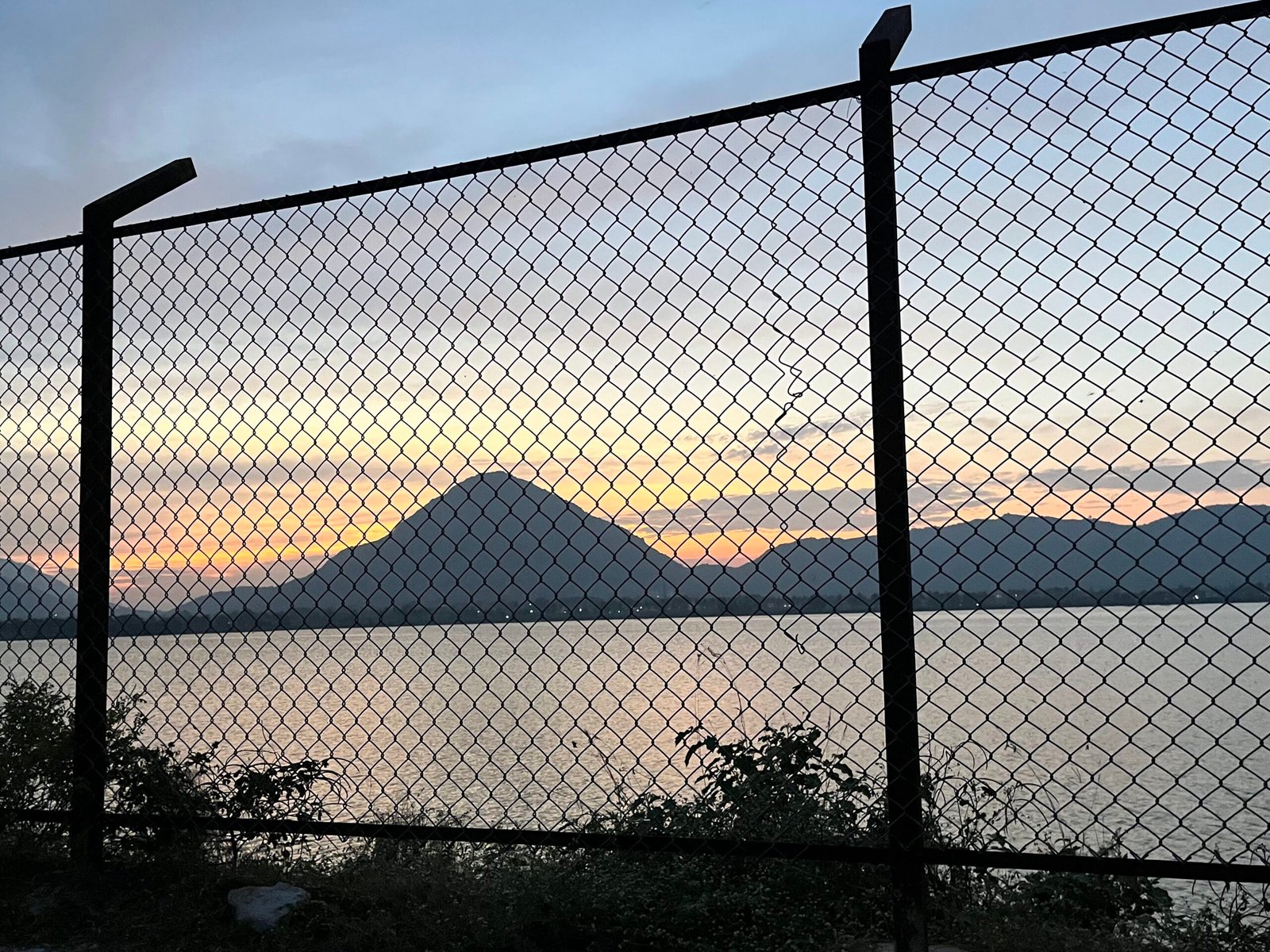

Do we really have to compromise accessibility citing safety concerns?
Can we reimagine the way we are choosing to approach these concerns and make it work for all?
Having tall structures obstructs the views, reducing the interactable nature of the space. Traditionally, Indian community spaces were designed for the visitor to be able to connect with the spatial elements & contribute to the holistic behaviour, thus transforming the space into a place.
For instance, the step wells at temples let the visitors physically connect to the waters. Such a minimum level of interactions change the way we perceive the nature of the place and eventually our behaviour towards enhancing it.
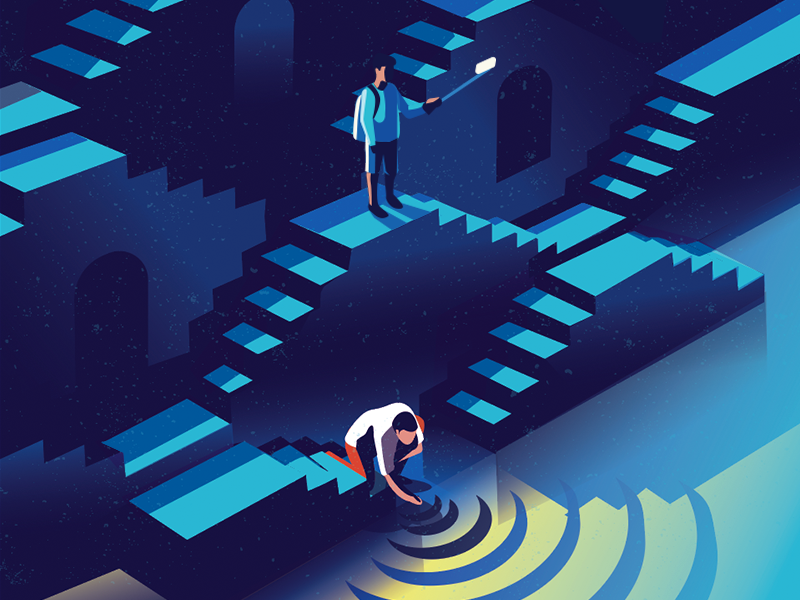
Is over-protection necessary?
It is seen that 9-month old toddlers are more aware of heights & tend to avoid edges to prevent falling off. As humans, we are built to avoid distress or anything that harms our safety. Putting up grilled fences cannot stop a person who has made up his mind to jump into the waters.
Be it barricades or otherwise, he will take the final step if he wants to.

What if we remove the fence and install a railing that wouldn’t cut off the view? The personality of a place is dependent on its accessibility and how content the user feels based on the experience it provides.

Few design-centric initiatives can create transformations of large scale in the long run. When we create coexistence between man & nature, a drastic change can be seen in the psychological and physiological nature of the activities from the ground-root level.
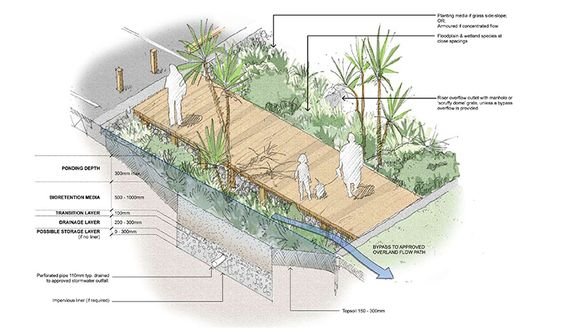
As designers, it becomes an equal responsibility for us to be aware of the recurring changes and our ability to adapt to it. Choose functionality over set frameworks



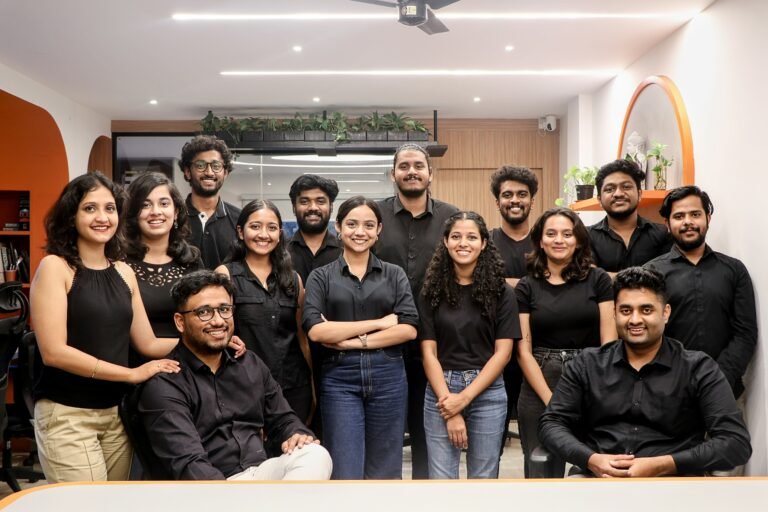
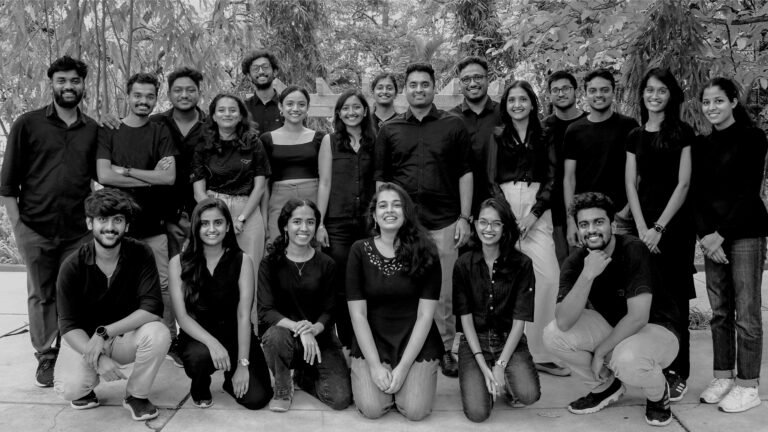
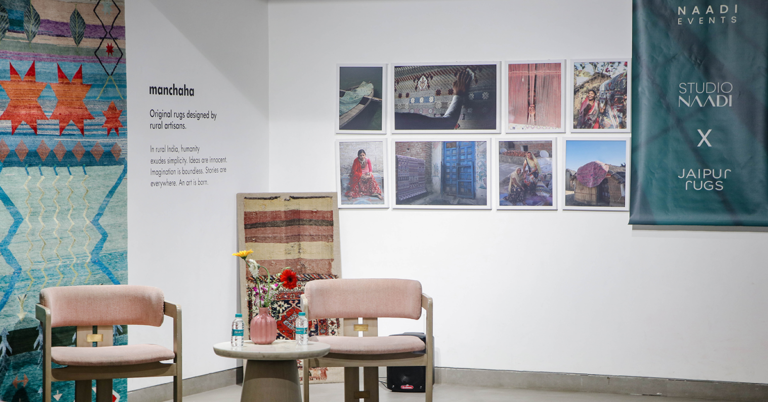
I like this weblog it’s a master piece!